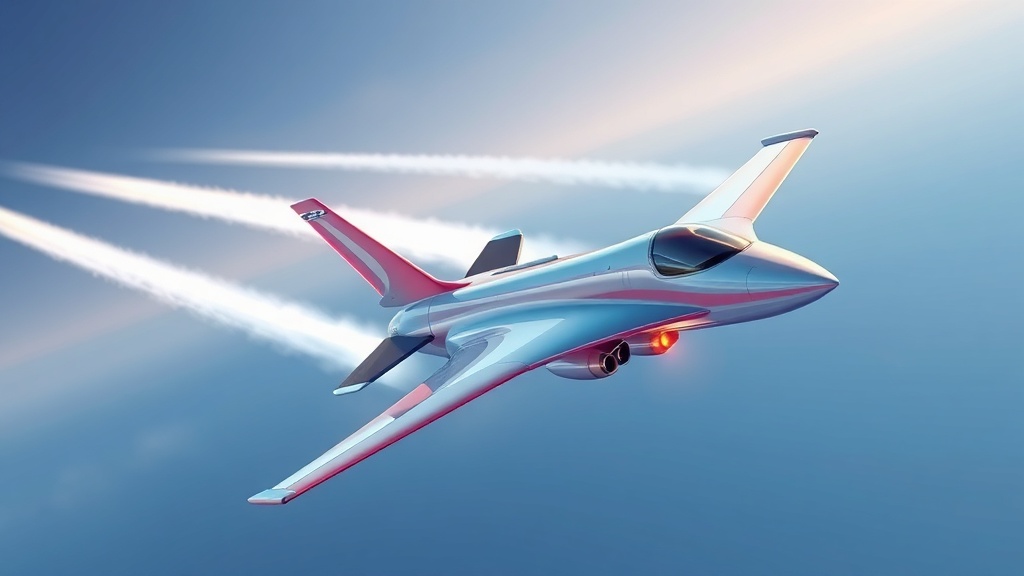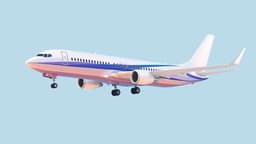Home / Technology / Supersonic and Hypersonic Jets Poised to Revolutionize Global Travel
Supersonic and Hypersonic Jets Poised to Revolutionize Global Travel
16 Nov
Summary
- Lockheed Martin's X-59 jet takes first test flight, reducing sonic booms
- Concept for Mach 7.3 hypersonic airliner that could fly London to New York in 45 minutes
- Boom Supersonic's XB-1 jet breaks sound barrier quietly, paving way for supersonic flights

As of November 16th, 2025, aerospace companies are making significant strides in developing the next generation of high-speed aircraft. Lockheed Martin, in collaboration with NASA, has taken a major step forward with the X-59 jet, which recently completed its first test flight. This supersonic aircraft is designed to solve the problem of sonic booms, a major obstacle to approving supersonic flights over populated areas. The X-59 is said to produce a much quieter "thump" instead, with noise levels of just 75 decibels at ground level.
Meanwhile, Lockheed Martin is also working on an even more ambitious project - the SR-72, a hypersonic jet capable of reaching speeds of Mach 6 or more. While this military craft is not intended for commercial use, another concept, the A-HyM Hypersonic Air Master, envisions a civilian hypersonic airliner that could fly at Mach 7.3, slashing a London to New York trip to just 45 minutes.
More immediately, Boom Supersonic's XB-1 jet has already broken the sound barrier quietly, paving the way for its commercial Overture model to potentially offer supersonic flights at Mach 1.7 - over 1,300 mph. This would be a significant improvement over current subsonic airliners, which typically cruise at around 575 mph.
With these advancements, the future of global travel is poised to be transformed, offering passengers the ability to reach their destinations in a fraction of the time it takes today.



